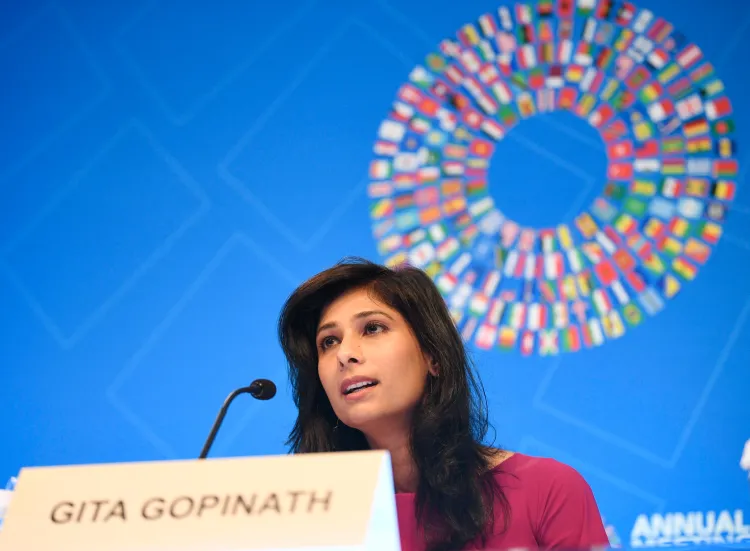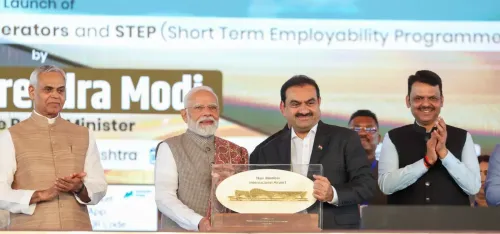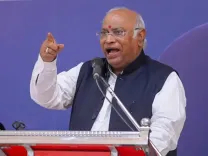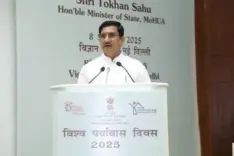Did Trump’s Tariffs Really Tax US Consumers and Raise Inflation?

Synopsis
Key Takeaways
- Tariffs imposed by Trump functioned as a tax on consumers.
- Inflation was raised, particularly for household goods.
- No significant improvement in trade balance or manufacturing was observed.
- India faced substantial tariffs impacting its trade.
- Future tariffs on pharmaceuticals may further complicate the economy.
New Delhi, Oct 8 (NationPress) The tariff measures proposed by former US President Donald Trump functioned as a tax on American consumers, exacerbated inflation, and offered no advantages to the US economy, asserted Gita Gopinath, the former Chief Economist of the IMF, on Wednesday.
Criticizing Trump's so-called "Liberation Day" tariffs, Gopinath pointed out that the overall impact has been detrimental for the past six months.
Trump declared "Liberation Day" on April 2, unveiling a significant increase in tariffs. He cited a national emergency due to the US trade deficit and invoked the International Emergency Economic Powers Act (IEEPA) to impose extensive tariffs on imported goods.
His intention was to rectify what he deemed decades of inequitable trade practices that had adversely affected American manufacturers.
Nevertheless, Gopinath remarked that in the ensuing six months, the tariffs failed to enhance the trade balance or stimulate US manufacturing, contrary to Trump's assertions. The tariffs provided no tangible benefits to the US economy.
In a post on the social media platform X, Gopinath questioned: “What have US tariffs achieved in the six months since 'Liberation Day'?”
“1. Generate revenue for the government? Yes, significantly. This burden has largely fallen on US companies, which have passed some costs onto consumers, effectively functioning as a tax on both firms and consumers. 2. Increase inflation? Yes, albeit modestly overall, but significantly for household goods like appliances, furniture, and coffee. 3. Improve the trade balance? No evident signs of that. 4. Enhance US manufacturing? No evidence of that either. The overall outcome is negative,” added the Harvard Economics Professor.
India faced a 25 percent tariff in July, followed by an additional 25 percent penalty on its imports of Russian crude oil in August.
On September 26, Trump revealed plans to enforce a 100 percent tariff on branded and patented pharmaceutical products starting October 1, unless companies establish production operations within the US.









